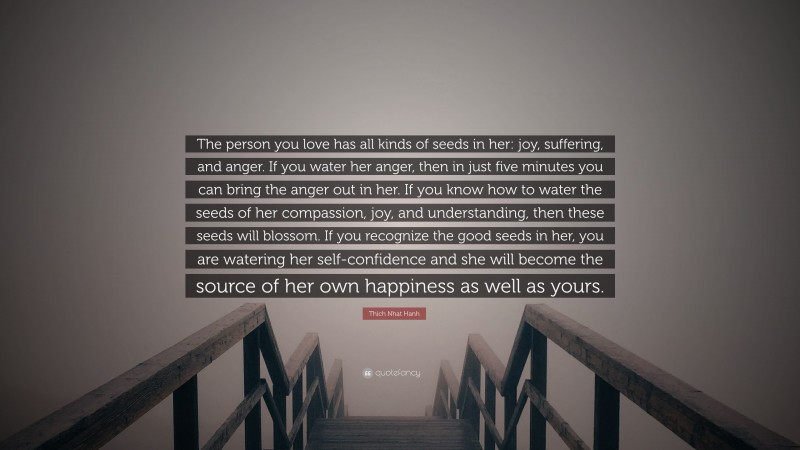
But when you’re feeling overheated or you’re walking outside with proper clothing, the bracing sensation of cold air can be a source of feeling joy and aliveness. Every day we go a little farther in that direction, and eventually we realize that suffering and happiness are not two separate things.Ĭold air can be painful if you aren’t wearing enough warm clothes. If we can learn to see and skillfully engage with both the presence of happiness and the presence of suffering, we will go in the direction of enjoying life more.

Where there is no suffering, there can be no happiness either, and vice versa. If there’s no right, then there’s no left. I only want the left”-that’s nonsense, because then the left would have to stop existing as well. If the left says, “Right, you have to go away. The same is true of thinking we have a life in which no happiness whatsoever is to be found. People often ask, “Why do I have to suffer?” Thinking we should be able to have a life without any suffering is as deluded as thinking we should be able to have a left side without a right side. When we suffer, we tend to think that suffering is all there is at that moment, and happiness belongs to some other time or place. Where there is suffering, there is happiness. As soon as we open our mouth to say “suffering,” we know that the opposite of suffering is already there as well. This doesn’t mean that we should despair. One of the most difficult things for us to accept is that there is no realm where there’s only happiness and there’s no suffering. Not only that, but we’re also able to go further and transform our suffering into understanding, compassion, and joy for ourselves and for others. When we learn to acknowledge, embrace, and understand our suffering, we suffer much less. In fact, the art of happiness is also the art of suffering well.

Being able to enjoy happiness doesn’t require that we have zero suffering. Therefore, we may think that we’re “doing it wrong.” Somehow we are “failing at happiness.” That isn’t true. We all want to be happy and there are many books and teachers in the world that try to help people be happier. Filled with practical techniques and the Zen master’s signature warmth, the book is a powerful reminder that, through mindfulness and meditation, self-compassion and gratitude, we can find our way through the darkest of times. In the wake of his death, Thich Nhat Hanh’s writings on grief and suffering in No Mud, No Lotus: The Art of Transforming Suffering strike a particularly resonant chord. The author of more than 100 books, Nhat Hanh wrote extensively about the principles and everyday applications of Engaged Buddhism. Thich Nhat Hanh, who passed away peacefully at the age of 95 on January 22, was a spiritual revolutionary who brought Buddhism out of Vietnam and introduced it to the wider world.


 0 kommentar(er)
0 kommentar(er)
